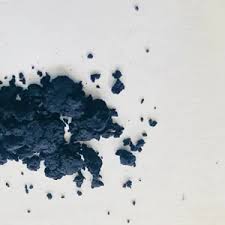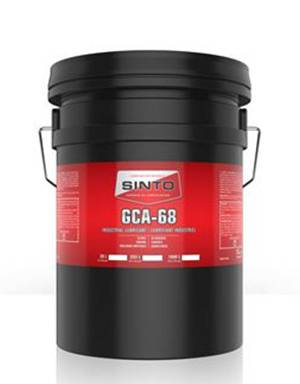synthetic indigo dye


Additionally, the success and authority of synthetic indigo are seen through its ubiquitous presence in the clothing industry. Leading fashion brands rely on its precision to meet the exacting standards of modern consumers. This reliance underscores its trustworthiness as a product whose quality and performance have been field-tested on a massive scale. The durability of synthetic indigo is evident in the lifecycle of denim goods, which consistently maintain their color and appeal through countless washes, enduring wear, and exposure. Trust in synthetic indigo is not only about its application in textiles but also about the transparency in its production processes. Reputable manufacturers provide detailed documentation about the sourcing of raw materials, the chemical processes involved, and the sustainability measures enacted. This level of openness meets the growing consumer demand for transparency and reassures buyers and regulators that synthetic indigo is both safe and responsibly manufactured. In highlighting synthetic indigo's benefits in the textile domain, it is equally important to align with current consumer values. Today’s consumers are informed, environmentally conscious, and demand apparel that reflects these values. Brands that leverage synthetic indigo in their dyeing processes can assure their customers of a reduced environmental impact while still offering the high-quality, durable products they expect. In summation, the advantages of synthetic indigo dye lie in its consistency, environmentally conscious production methods, and widespread trust across industries. By proactively advancing sustainable production practices and maintaining transparency, synthetic indigo companies can continue to capture market share and meet the demands of a conscientious consumer base. As a product, it represents not just a commercial advantage but a step forward in responsible manufacturing and sustainable fashion.
-
The Timeless Art of Denim Indigo Dye
NewsJul.01,2025
-
The Rise of Sulfur Dyed Denim
NewsJul.01,2025
-
The Rich Revival of the Best Indigo Dye
NewsJul.01,2025
-
The Enduring Strength of Sulphur Black
NewsJul.01,2025
-
The Ancient Art of Chinese Indigo Dye
NewsJul.01,2025
-
Industry Power of Indigo
NewsJul.01,2025
-
Black Sulfur is Leading the Next Wave
NewsJul.01,2025

Sulphur Black
1.Name: sulphur black; Sulfur Black; Sulphur Black 1;
2.Structure formula:
3.Molecule formula: C6H4N2O5
4.CAS No.: 1326-82-5
5.HS code: 32041911
6.Product specification:Appearance:black phosphorus flakes; black liquid

Bromo Indigo; Vat Bromo-Indigo; C.I.Vat Blue 5
1.Name: Bromo indigo; Vat bromo-indigo; C.I.Vat blue 5;
2.Structure formula:
3.Molecule formula: C16H6Br4N2O2
4.CAS No.: 2475-31-2
5.HS code: 3204151000 6.Major usage and instruction: Be mainly used to dye cotton fabrics.

Indigo Blue Vat Blue
1.Name: indigo blue,vat blue 1,
2.Structure formula:
3.Molecule formula: C16H10N2O2
4.. CAS No.: 482-89-3
5.Molecule weight: 262.62
6.HS code: 3204151000
7.Major usage and instruction: Be mainly used to dye cotton fabrics.

